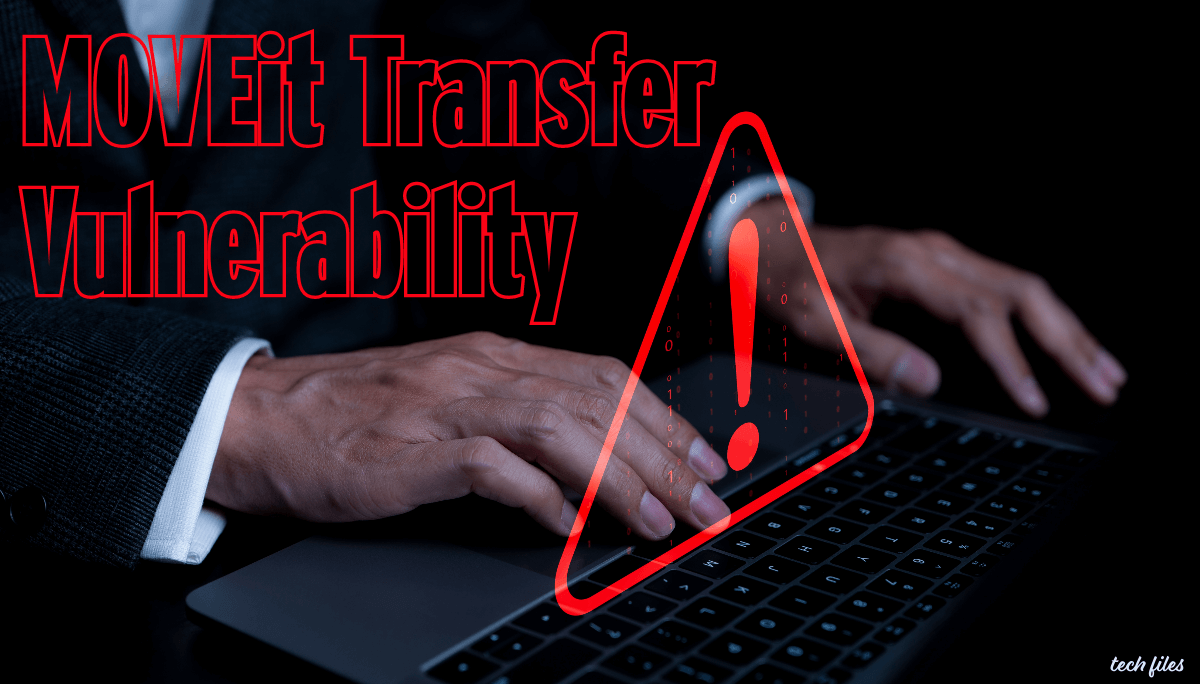EtherHiding Malware Campaign Targeting Binance's Smart Chain

Cryptocurrency has witnessed a surge in popularity over the past few years, making it a prime target for hackers and cybercriminals. Binance’s Smart Chain, a widely embraced blockchain platform, has recently fallen victim to a malicious malware campaign known as ‘EtherHiding.’ This campaign has raised concerns about the security and reliability of the platform, posing a threat to users’ cryptocurrency assets. In this article, we will explore the steps you can take to protect yourself from the ‘EtherHiding’ malware campaign and safeguard your valuable assets on Binance’s Smart Chain.
Understanding the ‘EtherHiding’ Malware Campaign
The ‘EtherHiding’ malware campaign is a sophisticated attack that targets Binance’s Smart Chain. It exploits vulnerabilities in the platform’s smart contract code, allowing hackers to embed malicious code within legitimate transactions. Once a user interacts with an infected contract, the malware is triggered, compromising their device and enabling the theft of their cryptocurrency assets.
Cybersecurity experts have highlighted the dangerous nature of the ‘EtherHiding’ campaign due to its stealthy and hard-to-detect characteristics. This malware can remain undetected for extended periods, spreading to other devices and stealing cryptocurrency assets. Therefore, it is crucial to implement protective measures to safeguard against this malware campaign.
Analyzing the Vulnerabilities in Binance’s Smart Chain
Binance’s Smart Chain, like any other blockchain platform, is not immune to vulnerabilities. The ‘EtherHiding’ malware campaign specifically exploits weaknesses in the platform’s smart contract code. Smart contracts are self-executing contracts that automate tasks and eliminate intermediaries, but they can also be susceptible to exploitation.
One vulnerability that the ‘EtherHiding’ malware campaign exploits is the reentrancy attack. This attack occurs when a contract is repeatedly summoned within a single execution context, allowing malicious contracts to tamper with the smart contract’s state and potentially siphon funds away. Hackers have skillfully capitalized on this vulnerability to gain unauthorized access to funds on Binance’s Smart Chain. Another vulnerability is inadequate input validation, where smart contracts may fail to properly scrutinize or purify user inputs, making them susceptible to various attacks.
To ensure the security of Binance’s Smart Chain, developers must conduct thorough code reviews, perform regular security audits, and implement robust input validation mechanisms.
The Impact of the ‘EtherHiding’ Malware Campaign
The ‘EtherHiding’ malware campaign has had severe consequences for users and the reputation of Binance’s Smart Chain. One immediate repercussion is the loss of funds experienced by users who fell victim to the malware attack. By exploiting vulnerabilities within the Smart Chain, hackers gained unauthorized access to user wallets, leading to significant financial setbacks and a loss of trust in the platform’s security measures.
Moreover, the malware attack has cast a shadow over Binance’s Smart Chain reputation, potentially impacting its future expansion and adoption. The incident serves as a reminder of the importance of maintaining a strong security posture and implementing stringent measures to protect user funds and data.
Techniques Employed by Hackers in the ‘EtherHiding’ Malware Campaign
The ‘EtherHiding’ malware campaign utilizes various techniques to infiltrate and compromise Binance’s Smart Chain. Social engineering emerges as a primary tactic in which hackers deceive users into clicking malicious links or sharing sensitive information. Deceptive emails, fraudulent websites, and alluring offers are carefully designed to appear legitimate, exploiting human vulnerabilities to gain unauthorized access to wallets and steal digital assets.
Additionally, hackers deploy malware-infected applications and browser extensions to gain access to private keys and wallet information. These malicious tools are distributed surreptitiously and, once installed, allow hackers to assume control over personal accounts clandestinely. The attackers’ ability to steal digital assets without detection underscores the need for users to exercise caution when engaging with unfamiliar applications or granting permissions to unknown sources.
Protecting Yourself from the ‘EtherHiding’ Malware Campaign
To protect yourself from the ‘EtherHiding’ malware campaign and safeguard your cryptocurrency assets on Binance’s Smart Chain, it is essential to follow these best practices:
- Use reputable antivirus software: Install and regularly update reputable antivirus software to detect and remove malware from your device.
- Exercise caution when interacting with smart contracts: Before interacting with a smart contract, verify its reputation and legitimacy. Avoid contracts from unknown sources.
- Keep your software up to date: Regularly update your device’s software to mitigate vulnerabilities that malware can exploit.
- Utilize a hardware wallet: Store your cryptocurrency assets offline using a hardware wallet, making it harder for hackers to access your funds.
- Enable two-factor authentication: Add an extra layer of security to your cryptocurrency wallet by enabling two-factor authentication, such as Google Authenticator.
By following these practices, you can significantly reduce the risk of falling victim to the ‘EtherHiding’ malware campaign and protect your valuable cryptocurrency assets.
Steps Taken by Binance to Mitigate the ‘EtherHiding’ Malware Campaign
Binance, as a leading cryptocurrency exchange, has taken proactive measures to counter the ‘EtherHiding’ malware campaign. The company has fortified its security infrastructure by strengthening monitoring systems, conducting meticulous code reviews, and leveraging cutting-edge technologies like machine learning and artificial intelligence. Additionally, Binance has collaborated with cybersecurity firms and blockchain security experts to identify vulnerabilities, fortify defense mechanisms, and enhance the overall security posture of Binance’s Smart Chain network.
These measures demonstrate Binance’s commitment to combating malware campaigns and ensuring the safety of its users’ cryptocurrency assets.
Future Challenges and Security Measures for Binance’s Smart Chain
Looking ahead, Binance’s Smart Chain faces ongoing challenges in combating malware attacks and maintaining a secure environment. The ‘EtherHiding’ malware campaign serves as a stark reminder of the constant threat posed by cybercriminals. To address these challenges, Binance must continue fortifying its defenses by implementing robust security measures, adopting cutting-edge encryption techniques, conducting regular security audits, and collaborating with cybersecurity experts.
By prioritizing security and staying proactive, Binance can ensure the enduring viability of its Smart Chain network and protect users’ cryptocurrency assets from future malware campaigns.
Conclusion
Protecting your cryptocurrency assets on Binance’s Smart Chain is paramount in the face of the ‘EtherHiding’ malware campaign. By understanding the vulnerabilities, implementing protective measures, and staying vigilant, you can safeguard your funds from cybercriminals. Binance’s dedication to security and the adoption of best practices will contribute to a safer ecosystem for cryptocurrency users. Stay informed, follow best practices, and remain proactive to protect your valuable cryptocurrency assets on Binance’s Smart Chain.













Sharing is caring!